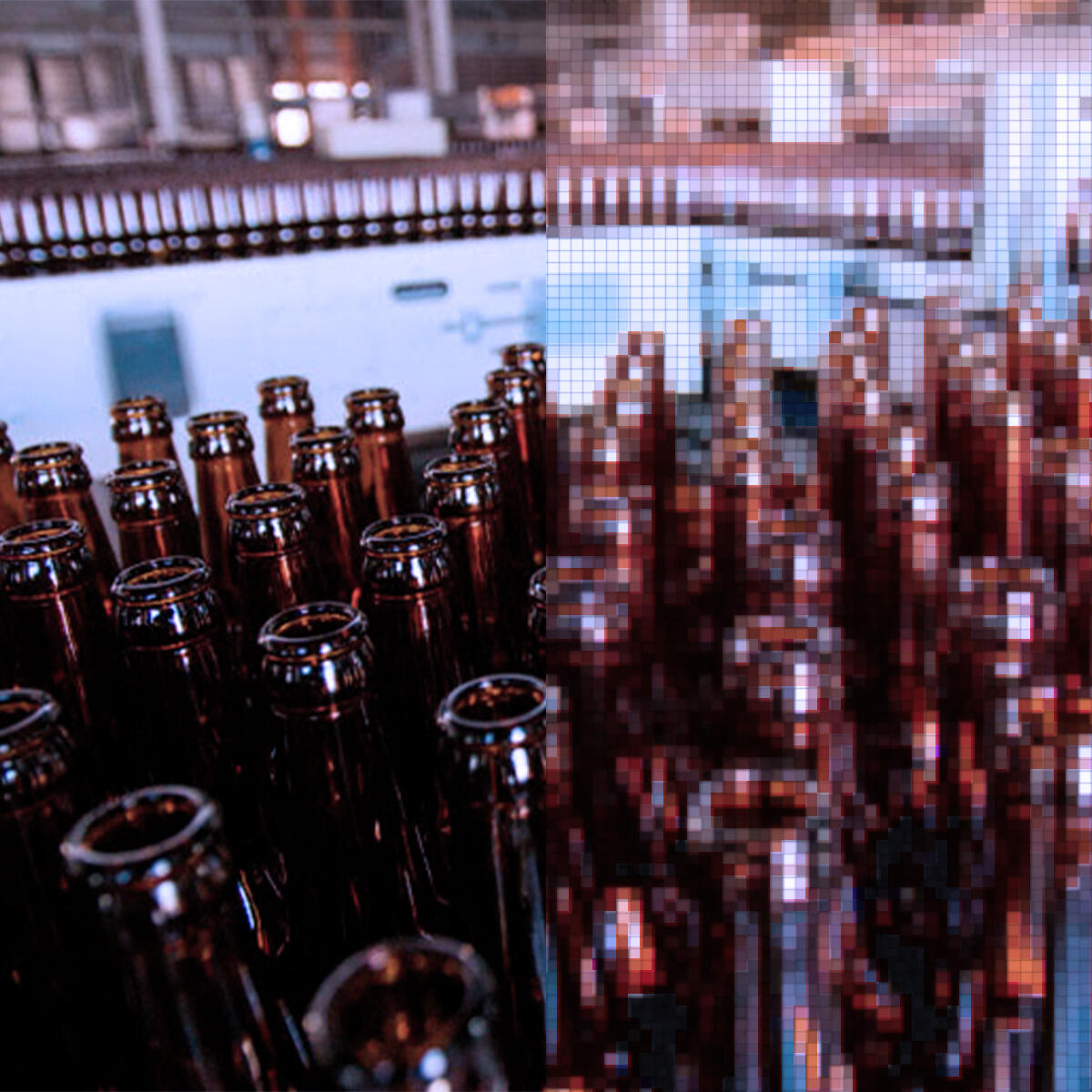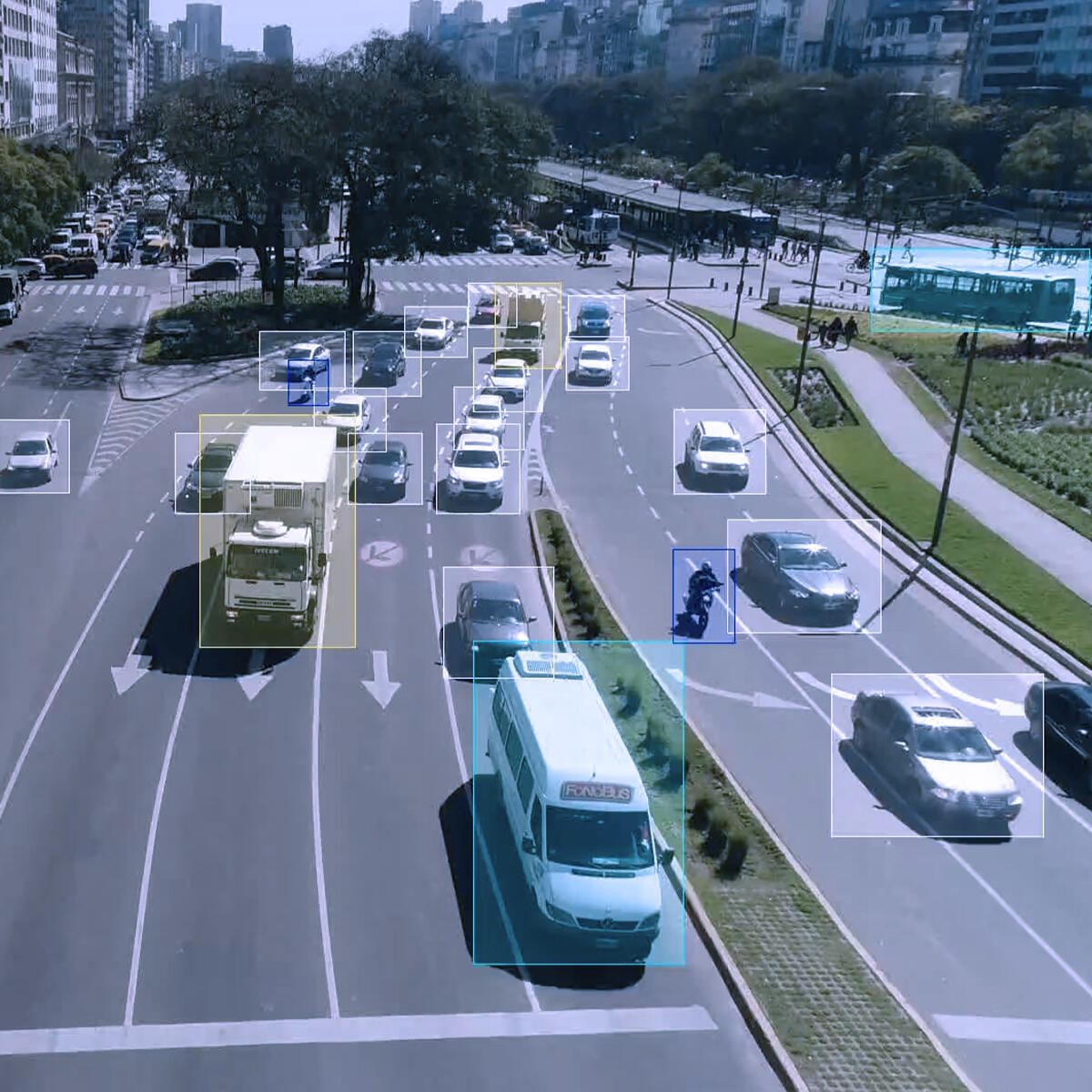A Computer Vision model, based on Deep Neural Networks, is able to build its own familiarity with images and therefore analyze, recognize, interpret, and imitate their content. Applied to your company's production processes, it can detect defects in your products or identify the emergence of a dangerous situation from your monitoring videos; but also support you in creating an automated warehouse or enhance image search in your databases.
AI integrated with Computer Vision becomes the ideal tool for monitoring and visual inspections within your company. Active 24/7, always vigilant, it ensures the immediate detection of risks and dangers: intrusions, smoke traces, or signs of accidents are identified in a heartbeat.
It doesn't feel tired, it doesn't have bad days, it doesn't know what boredom is. Visual control systems based on Artificial Intelligence can guarantee constant efficiency, without breaks or drops in performance.
Performing quality checks, supervising a construction site, interpreting contract scans, or generating 3D projections can become very easy for your company, thanks to the recognition and generation abilities of Computer Vision.
The ability to perceive, interpret, and process images can amplify the capabilities of Anomaly Detection, Forecasting, or NLP models. Adopting these types of hybrid algorithms can give you a comprehensive AI tool.

The Transformer architecture, applied to Computer Vision, increases the processing capacity of algorithms and improves their stability during the training phase.

The convolutional network breaks down images into pixels, labels them one by one, and then uses the labels to derive an original output through convolutions.

Classification and detection algorithms are the basis of the most complex Computer Vision functions.